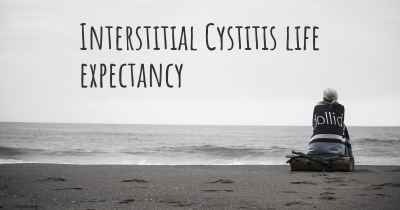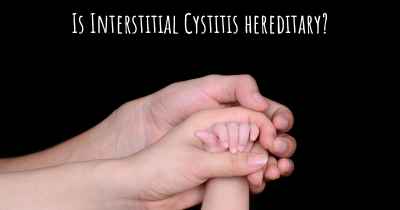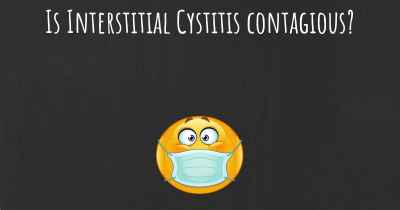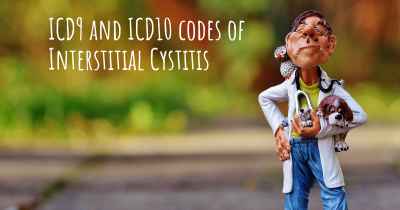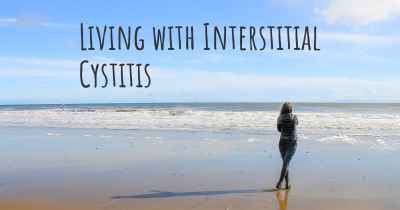How is Interstitial Cystitis diagnosed?
See how Interstitial Cystitis is diagnosed. Which specialists are essential to meet, what tests are needed and other useful information for the diagnosis of Interstitial Cystitis
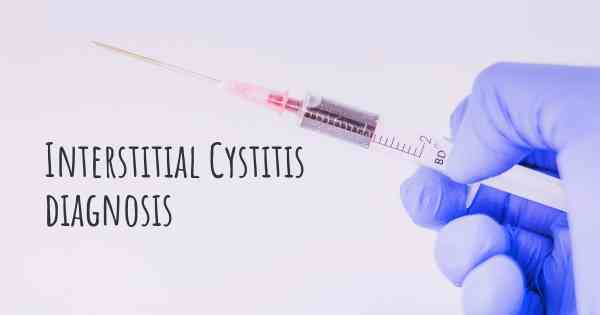
How is Interstitial Cystitis Diagnosed?
Interstitial cystitis (IC), also known as painful bladder syndrome, is a chronic condition characterized by bladder pain, urinary urgency, and frequency. Diagnosing IC can be challenging as its symptoms can mimic other urinary tract disorders. However, there are several diagnostic methods that healthcare professionals use to identify and confirm the presence of IC.
Medical History and Symptom Evaluation
The first step in diagnosing IC involves a thorough medical history review and symptom evaluation. The healthcare provider will ask about the patient's symptoms, their duration, and any triggers that worsen or alleviate the symptoms. It is crucial to provide detailed information about the intensity and location of the pain, urinary patterns, and any associated symptoms such as pelvic pain or discomfort.
Physical Examination
A physical examination is performed to rule out other potential causes of the symptoms and to assess the pelvic region. The healthcare provider may palpate the abdomen and pelvic area to check for any tenderness or abnormalities. This examination helps to eliminate other conditions that may present with similar symptoms, such as urinary tract infections or pelvic inflammatory disease.
Urinalysis
A urinalysis is a common diagnostic test used to evaluate the urine for any signs of infection or other abnormalities. The healthcare provider will collect a urine sample and analyze it for the presence of red and white blood cells, bacteria, and other substances. While IC does not typically cause significant changes in urine, a urinalysis helps rule out other conditions that may cause similar symptoms.
Cystoscopy
Cystoscopy is a key diagnostic procedure for IC. It involves inserting a thin, flexible tube with a camera called a cystoscope into the urethra and up into the bladder. This allows the healthcare provider to visually examine the bladder lining for any signs of inflammation, ulcers, or other abnormalities. The procedure can be done under local anesthesia in an outpatient setting. Cystoscopy helps confirm the presence of IC and rule out other bladder conditions.
Biopsy
In some cases, a biopsy may be performed during cystoscopy to further evaluate the bladder lining. A small tissue sample is taken and examined under a microscope to look for specific changes associated with IC. Biopsy is not always necessary for diagnosis, but it can provide additional information in certain cases.
Pain Mapping
Pain mapping is a technique used to identify specific areas of pain and discomfort in the bladder and surrounding pelvic region. It involves filling the bladder with sterile water or saline and asking the patient to indicate the location and intensity of their pain. This helps to determine the extent and distribution of bladder pain, which is a characteristic symptom of IC.
Urodynamics
Urodynamic testing measures how well the bladder and urethra are functioning. It involves filling the bladder with water or saline and monitoring the pressure and flow of urine. Urodynamic testing can help assess bladder capacity, detrusor muscle function, and the presence of any abnormalities that may contribute to IC symptoms.
Other Tests
In some cases, additional tests may be ordered to rule out other conditions or to gather more information about the bladder and urinary system. These tests may include bladder ultrasound, magnetic resonance imaging (MRI), or urine cytology.
Conclusion
Diagnosing interstitial cystitis requires a comprehensive approach that involves a detailed medical history, symptom evaluation, physical examination, and various diagnostic tests. The combination of these methods helps healthcare professionals confirm the presence of IC, rule out other conditions, and develop an appropriate treatment plan. If you suspect you may have IC, it is important to consult with a healthcare provider who specializes in urology or pelvic pain to receive an accurate diagnosis and appropriate management.
Posted Apr 12, 2017 by Jerri 400
Posted Oct 17, 2017 by ash 600
One diagnostic method was questionnaire and take medication to see if it helps; this tool was used by my gynecologist. Another was surgical, the cystoscopy with hydrodestension where they blow up your bladder and look for Hunner's ulcurs; this was done by a urologic surgeon. I have been monitored by a urologist and a gynecological urologist. Every time I have an appointment, I give a urine sample so that they can see if I have a UTI which may be causing my symptoms instead of IC.
Unfortunately, IC is something that they need to look at your bladder to get a diagnosis. Lab tests are not very helpful because IC is a condition that gives you problems but nothing should be wrong.
Posted Jun 10, 2018 by SaraLouise 2500
Posted Apr 11, 2021 by Shawna 1250
Although some urologists prefer to include the CI
under the name of painful bladder syndrome to include other symptoms that are within the box of painful bladder, but they are not as intense.
Also usually do a urodynamics to know the storage capacity of urine from the bladder and to evaluate the detrusor muscle and its degree of hyperactivity.
Posted Sep 2, 2017 by Ana 3358
Posted Sep 30, 2017 by Taisa 400
Posted Nov 23, 2017 by LPilar 2500
